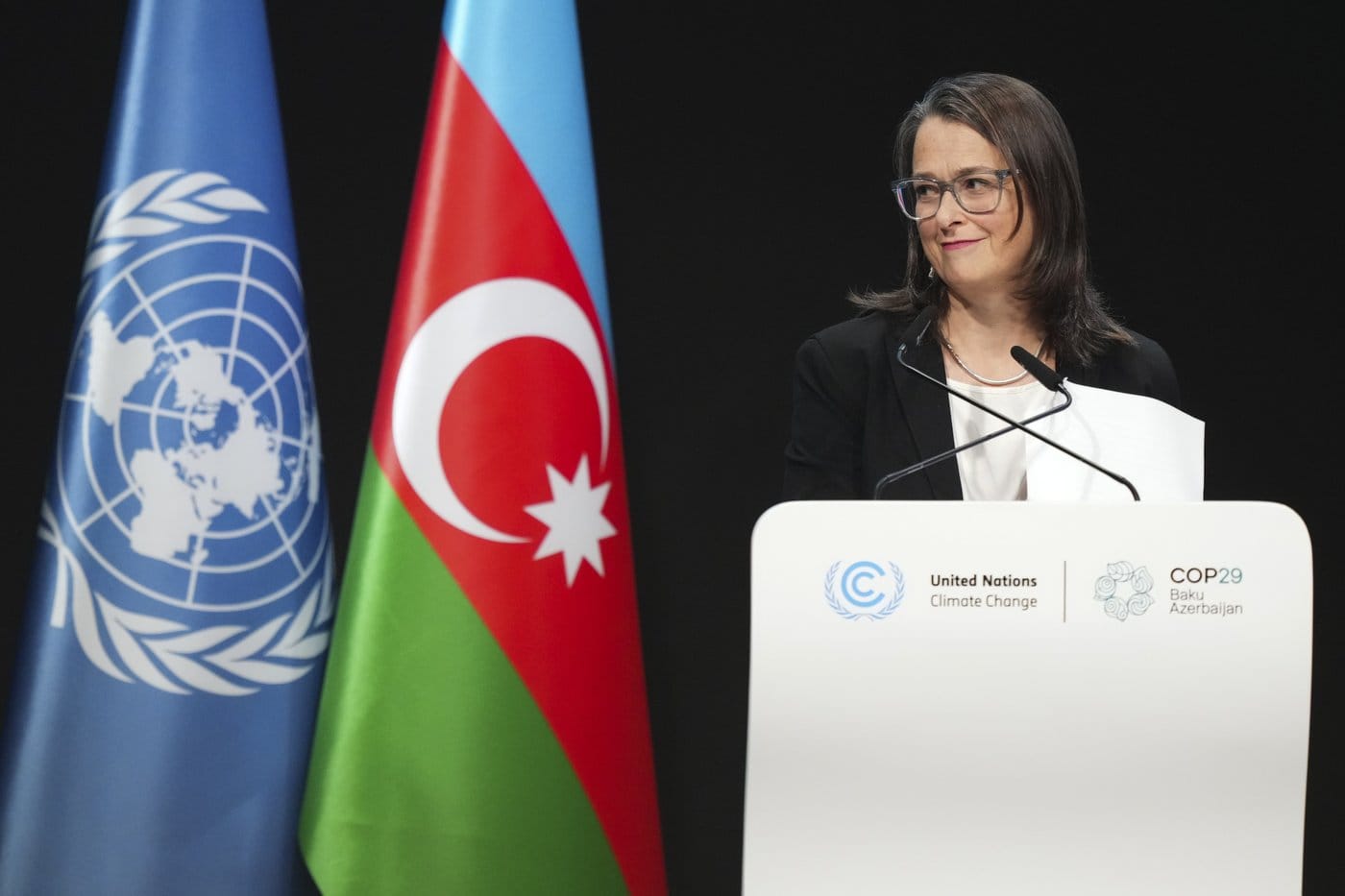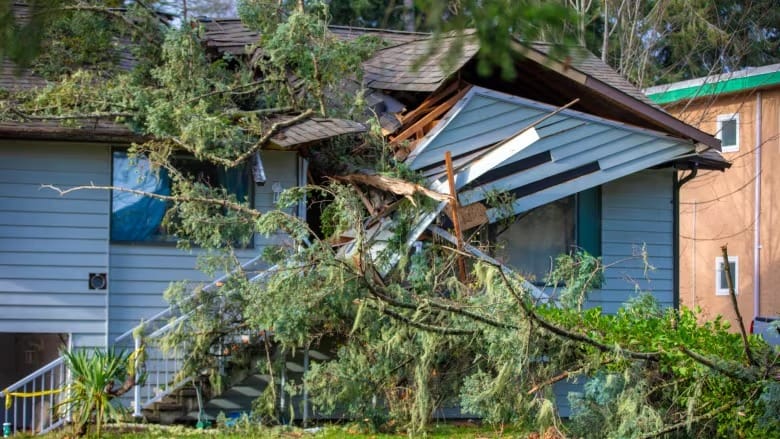How public funds are being used to lure private dollars in race for climate financing
For these critics, the emphasis should be on direct government lending rather than relying on private markets.

Addressing climate change, especially in developing countries, requires substantial financial investments, but there is a significant gap in the funding needed to meet global targets. With governments struggling to provide enough funding, alternatives like blended finance have gained attention as a solution to bridge the gap.
Blended finance involves using limited public funding to make projects more attractive to private investors, which is particularly important in developing countries where risks are higher. Catherine McKenna, former federal environment minister of Canada, emphasized the need for creative financing solutions to incentivize private sector investment.
One recent initiative by FinDev Canada, launched during COP29, involves a $1.5-billion blended finance platform designed to support up to 25 developing countries, including projects focused on green energy.
This builds on Canada’s previous successful blended finance efforts, such as a project in Uzbekistan that helped launch its first solar initiative in 2020.
By lowering the financial risks through concessional funding, these projects help attract private investment, which can then lead to larger-scale developments without the need for public funding concessions.
Blended finance has proven effective in mobilizing private investment. For instance, it helped facilitate $18.3 billion in climate funding in 2023, more than doubling from the previous year. However, scaling up the model faces challenges. It adds complexity to financial deals, with public-private terms needing careful negotiation, and risk perceptions—especially for projects in developing countries—can deter private investors.
Additionally, there is a lack of data to help investors assess the risks of past projects, which hinders future investment.
Despite these barriers, blended finance remains a key tool for addressing the climate funding gap, as it helps make high-risk, underfunded projects feasible. However, some critics, like Susan Spronk from the University of Ottawa, argue that market-based mechanisms like blended finance are not always effective, especially in areas like climate adaptation, where the business case for private investment is less clear.
For these critics, the emphasis should be on direct government lending rather than relying on private markets.
Still, proponents argue that given the insufficient public funds available, the focus must be on finding ways to leverage private investments, even in difficult conditions, to accelerate climate solutions globally.





